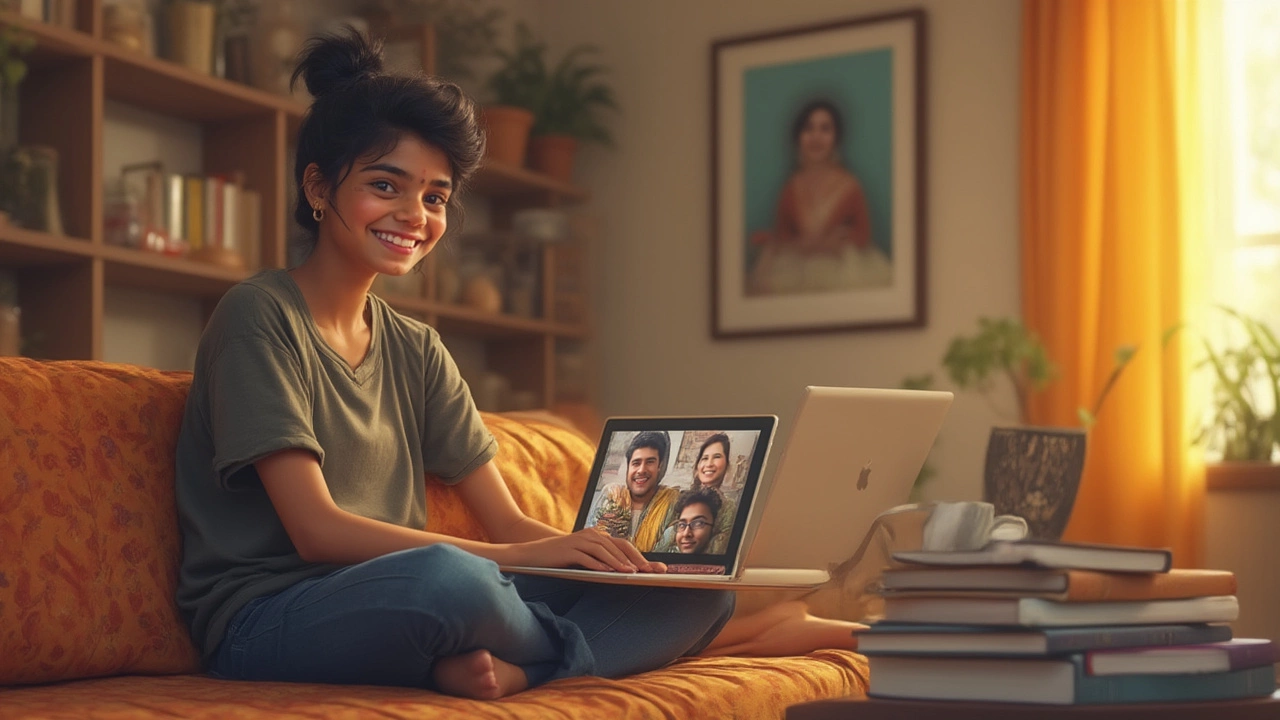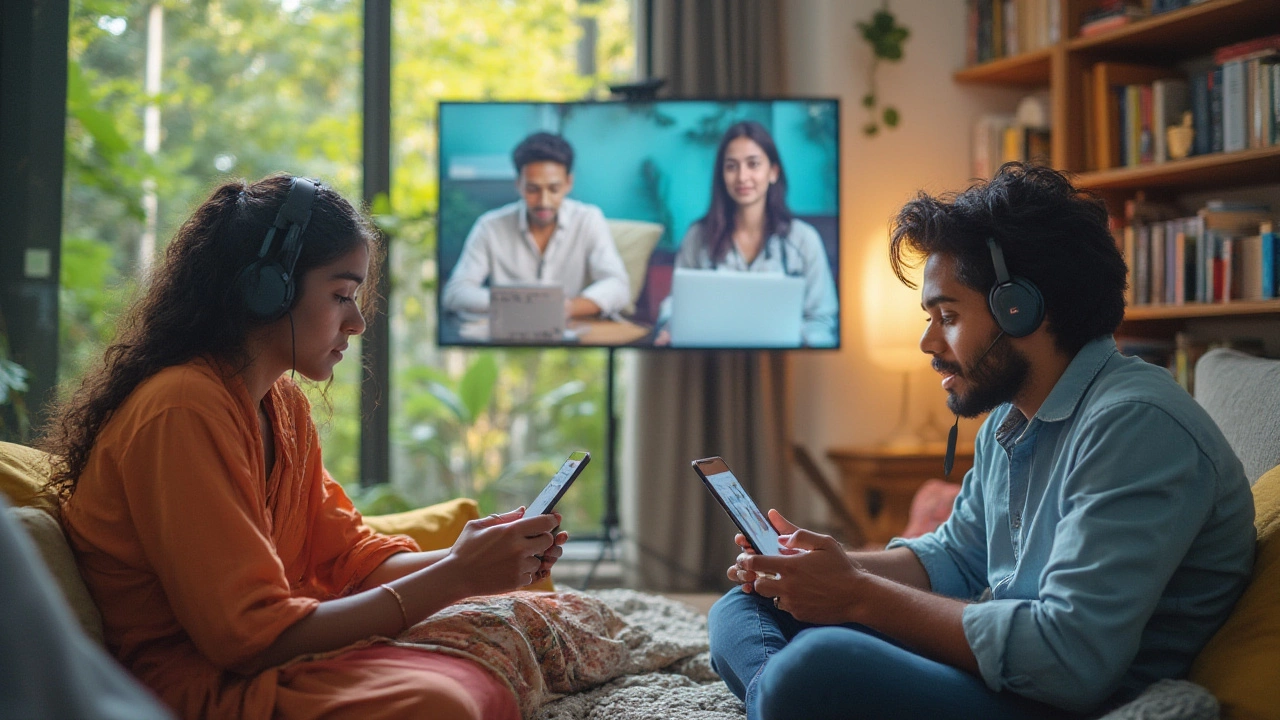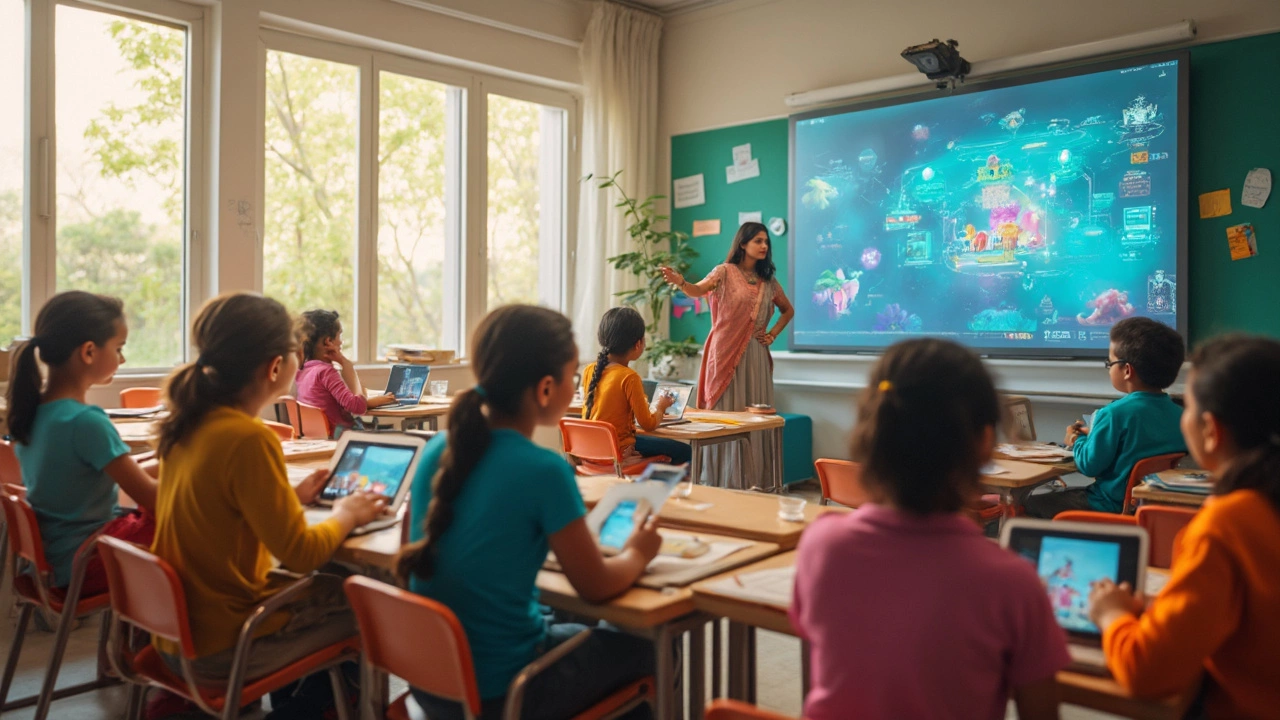Why Distance Learning Is Better: Unlocking Flexibility, Savings, and Success

Back before 2020, the idea of sitting in pajamas and earning a college degree sounded like a lazy daydream. Fast forward to now, and distance learning is everywhere—from teens cramming for exams at home to parents working toward that missing diploma during their lunch break. But why, after all these years of chalkboards and packed classrooms, are so many switching to remote study? Here’s the surprising truth: distance learning isn’t just a fallback during a pandemic—it’s genuinely better in lots of ways. If anyone’s still picturing an isolated kid clicking through boring slides, let’s clear that up. The future of education doesn’t look like a lonely computer screen. It’s more like a lively digital campus with classmates from around the world. And the perks? They’re way more impressive than having unlimited coffee refills.
Freedom and Flexibility: Why Traditional Timetables Can’t Compete
Think about it—when you’re locked into a set classroom schedule, everything else has to revolve around those hours. Got a dentist appointment or a sudden fever? You miss out. Distance learning, by design, flips this power dynamic. You choose when and where to learn. Night owls, early birds, and anyone juggling a job or family can slot classes into their real lives. If the only quiet time in your apartment is 11 p.m. after the kids are asleep, that’s no problem. You can still crush that assignment, and no one’s judging.
I remember my spouse, Maya, deciding to take up a coding bootcamp after work. She could log in after dinner, armed with cookies and tea, and go at her own pace. Her classmates? Not just folks from our city, but people dialing in from Tokyo, Cape Town, and São Paulo. That’s the beauty of it—diversity you won’t find in a local classroom. In fact, a 2024 report by Coursera noted their learner base grew to over 124 million across 100+ countries. Suddenly, your ideas get challenged by people with totally different backgrounds. Group projects that used to mean awkward meetups at a local Starbucks now happen across continents, at the best time for everyone’s schedule.
But freedom isn’t just about timing. Distance learning platforms are loaded with resources: recorded lectures, forums, quizzes, and digital libraries. Missed something? Hit rewind. Question not answered in class? Post in the chat and get help from someone on another continent. Interactive tools like Kahoot, Edpuzzle, or Socrative make learning stick through games and quizzes, a big jump from just taking notes.
Let’s talk about real numbers. According to a 2023 survey from Babson Survey Research Group, 77% of academic leaders rated the learning outcomes of online education as equal to or better than face-to-face. That’s a big shift from the early 2000s when most wouldn’t even take online degrees seriously! Why? Because distance learning forces you to be proactive. There’s no hiding at the back of the class—asynchronous discussion boards call for everyone’s input. The knack for time management, self-discipline, and effective written communication is stronger in online learners, says a 2022 Harvard report.
Of course, there are challenges. You’ve got to manage your own motivation. No teacher is going to tap you on the shoulder if you’re zoning out. But most platforms know this and build in weekly check-ins, reminders, and study trackers. Want a tip? Set a regular study schedule even if you’re your own boss. Batch tasks, take breaks, and if you’re like me, keep your phone in the next room—TikTok can wait.

How Distance Learning Saves Money and Makes Education Fairer
One of the most underrated things about distance learning? The cost savings. Tuition fees are often lower for online courses, but that’s just the start. Think about what you’re not paying for: daily commutes, cafeteria lunches, printed textbooks, overpriced parking permits, or even a fancy wardrobe for class presentations. A 2023 study by Education Data Initiative showed that remote college students in the U.S. saved on average $5,088 a year just by skipping transportation and on-campus housing.
Here’s something more concrete. Major universities like Arizona State and Georgia Tech offer online programs with tuition rates slashed by up to 40% compared to on-campus versions. Suddenly, getting a world-class degree becomes possible for way more people, especially those who can’t afford to move cities or take a break from work. Whether you’re a single parent or holding down two jobs, you can finally get that MBA without draining savings or piling on massive debt.
Let’s be honest—traditional classroom learning hasn’t always been a level playing field. If you lived far away from good schools, traveled a lot, or had responsibilities at home, just attending was a challenge. Distance learning is the ultimate equalizer. Got an internet connection? You have access. This shift is huge in countries like India and Brazil, where rural students now tap into the same lectures as those in large cities.
Here’s a stat that sticks: In 2024, UNESCO reported that more than 400 million students participated in virtual classrooms worldwide. Girls who previously dropped out due to travel safety or cultural barriers are logging in from homes in Bangladesh, Kenya, and Egypt. Inclusion isn’t just a buzzword here—it’s a fact. Students with disabilities say e-learning is easier to tailor for their needs, with options for captioning, audio books, or screen readers. No scrambling for a seat upfront or struggling to hear in a crowded lecture hall.
Worried about credibility? Top employers see the value: a 2025 survey from Glassdoor found that 78% of managers now consider online degrees on par with traditional ones for tech, business, and healthcare roles. It’s not about where you studied, but whether you gained the right skills.
Here’s a quick look at how distance learning stacks up against the old-school approach:
| Feature | Traditional | Distance Learning |
|---|---|---|
| Tuition per year (avg., U.S.) | $21,000 | $12,500 |
| Commute Costs | $1,700 | $0 |
| Flexibility | Low | High |
| Global Connections | Limited | Unlimited |
| Accessibility for Disabilities | Variable | Easy to Customize |
Money and fairness aren’t the only wins. Distance learning also means education doesn’t get interrupted by strikes, natural disasters, or—yes—pandemics. Got a cold? Keep learning from bed. City flooded? Log in from anywhere safe. Education is finally matching up with real life’s unpredictability.

Real-World Skills and Surprising Upsides: More Than Just Zoom Calls
Distance learning isn’t just about swapping classrooms for computers. It’s a whole mindset shift. Anyone who’s aced an online course will tell you—the skills you pick up go way beyond what’s in the syllabus. You get used to working on group projects with people in five different time zones. That means learning how to manage time, communicate clearly, and use tech tools that businesses rely on every single day. Turns out, that’s a big deal in 2025’s job market.
Online students aren’t just passive participants. You have to contribute to discussion boards. You’re asked to post, review others’ work, and sometimes present on camera. It’s no secret that writing a sharp post or speaking up in a recorded conference hammers home your ideas better than just raising a hand in a 50-person lecture hall. In a 2024 survey from LinkedIn, employers rated remote teamwork skills as a top-five priority, right behind technical expertise and adaptability. If you’ve juggled slides for a project with friends in Mumbai and Berlin while also hitting a midnight deadline in your own city, you’re already ahead.
Maya tells me the most surprising bonus was actually the support network. Lots of online courses now have peer mentors, live Q&A sessions, and student-run Slack channels for everything from homework help to mental health tips. She never felt alone, and neither do most who make use of these extras. E-learning leaders like Udemy and FutureLearn offer 24/7 support or easy scheduling with tutors from anywhere in the world. That’s service no professor keeping 200 students in line in a lecture hall can match.
The digital toolbox is stacked, too. You’re not just reading PDFs; you’re mastering citation managers (Zotero, Mendeley), sharing projects via Google Docs, and sometimes diving into simulations or virtual labs. Even for hands-on subjects like engineering or medicine, tools like AR (augmented reality) and VR (virtual reality) are making complex concepts click—think virtual cadaver labs or molecule visualization. According to The World Economic Forum, 58% of university students in 2024 experienced at least one class using immersive tech, a jump from just 18% in 2020. Suddenly, learning about the human heart or jet engines doesn’t require million-dollar labs—just a good Wi-Fi signal.
Here’s a tip for anyone starting out: Don’t just rely on pre-recorded lectures. Join live events, participate in group chats, and use apps like Notion or Trello to organize your projects. The more you get involved, the more distance learning feels like real learning—and the results show up in your resume. Stack your certificates on LinkedIn, share a project portfolio, and you’ll stand out in job hunts, guaranteed.
Another upside? No wasted time. If you used to spend hours on a bus or stuck in campus traffic, now those chunks of time can be used for self-care, family, or exploring hobbies. It’s not about laziness—it’s about smarter use of energy. More flexibility means less stress. Anecdotally, my own sleep patterns got way healthier when I ditched the 7 a.m. commutes. Data backs it up—a National Sleep Foundation report says students learning from home get, on average, 40 more minutes of rest per night. Better sleep, better focus. Who knew?
But if you’re someone who learns best with a group in the same room, no one says you have to go 100% online. Many distance platforms offer hybrid courses, mixing virtual learning with occasional in-person meetups or labs. It’s the best of both worlds, really.
Distance learning isn’t just the future—it’s the now. More people, not fewer, are signing up. The tech keeps getting better, and there’s community everywhere you look (even if it’s virtual). The most important thing? Education that finally fits around your life, not the other way around. If you’re after distance learning benefits, it’s less about escaping classrooms and more about opening doors—to skills, networks, savings, and freedom.

